‘The Thaumaturge’ Design Director On Crafting Lovecraftian Horror [Interview]

Victorian horror is a period that horror games rarely harness. Every once in a while, a game comes along, and vibes in the weird depression, almost steampunk horror of the early 20th century. That’s where The Thaumaturge comes along. Set in Warsaw in 1905, it looks to really live in the moment.
The Thaumaturge is a dark, narrative-focused RPG that is swimming in eldrich horrors. Driven by player choice you’ll decide how to build up your character and harness the power of human flaws like pride and scheming.
Karolina Kuzia-Rokosz, the game’s Design Director, recently sat down with Dread Central to talk all things The Thaumaturge and how the team brought its monsters to life.
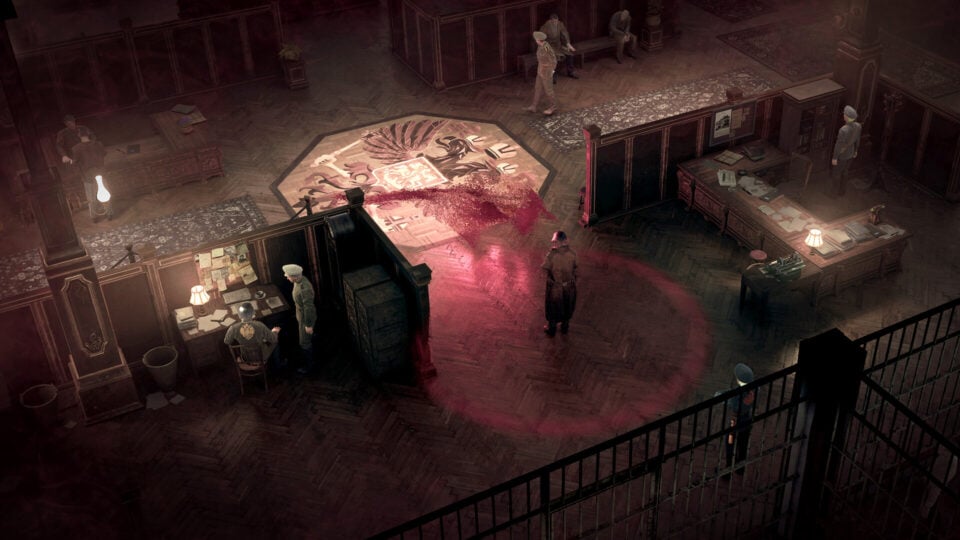
Dread Central: How did the wild idea of The Thaumaturge come to be?
Karolina Kuzia-Rokosz: The idea for The Thaumaturge emerged around four years ago and began taking shape when it was pitched to 11 Bit Studios. We aimed to craft a mature and personal story centered around a player’s character, with further details being forged during development. Initially, we contemplated a fictional setting, perhaps a new universe, but quickly decided to switch to the real one to better serve the goal of creating a fantasy world with a touch of reality. We aimed to showcase the struggles of the time with a unique magical twist. However, drawing uniqueness from frequently visited gaming landscapes proved challenging. Being Poles, the authenticity of 1905 Warsaw during a turbulent period of social and political unrest, along with the ability to draw inspiration from our cultural background, seemed like a unique opportunity.
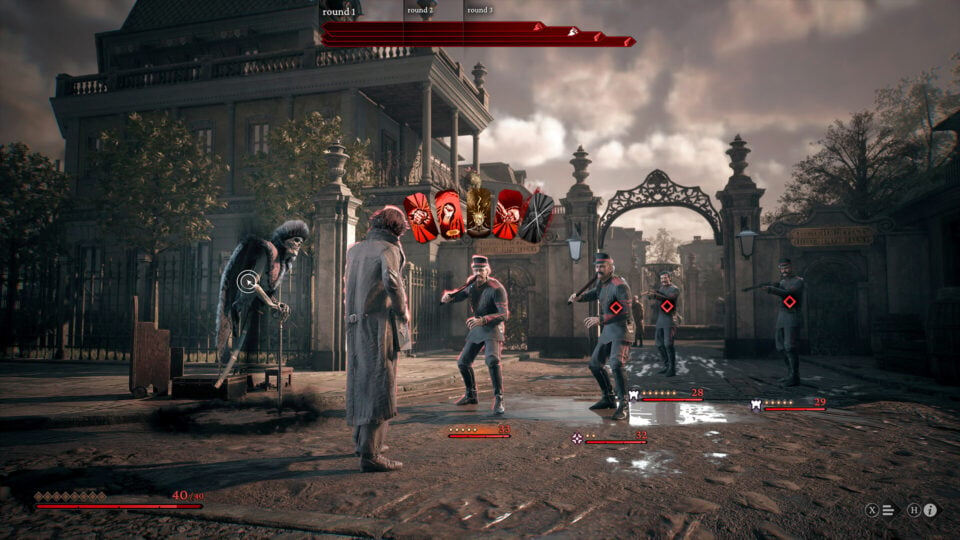
DC: The combat looks incredibly cinematic. Was this always the idea, or did it evolve from the standard isometric viewpoint?
KKR: In terms of the visual layer, The Thaumaturge‘s turn-based combat resembles a card game but is not one. The isometric viewpoint, carefully crafted UI, and camera angles introduce a JRPG flavor to the encounters. Regarding its core mechanics, the team implemented a strategic approach by introducing an Action Queue. All your and your foes’ attacks are placed in it, allowing you to plan your actions accordingly and be a step ahead of them, as thaumaturges can see through the intentions of their enemies. Concerning the eternal beings called Salutors, players can use their various skills in combat. All these layers contribute to a visually engaging and tactically rich combat experience.
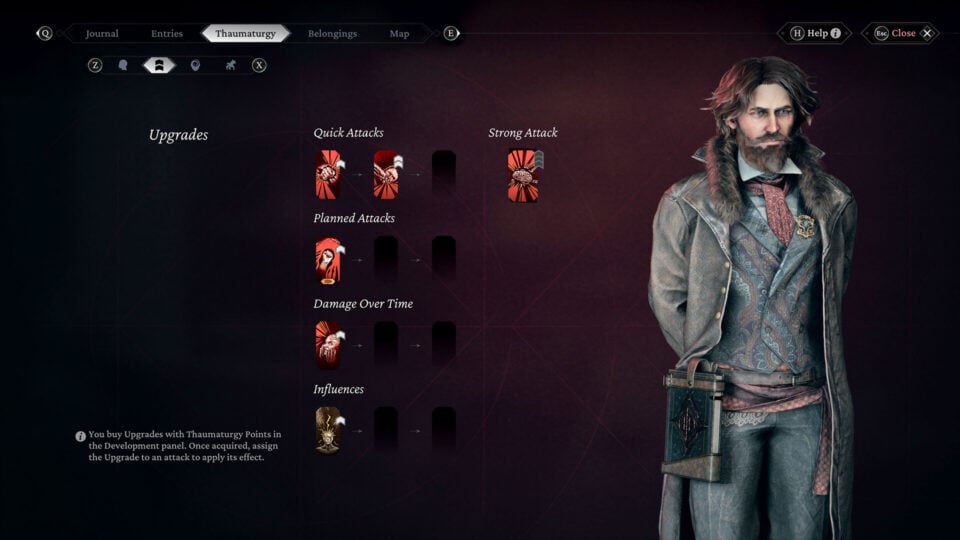
DC: We see in some of the trailers that there will be dialogue choices. How will we see these events shape our story? Is it linked to multiple endings?
KKR: The game incorporates branching dialogues, hidden choices, and various paths influenced by player decisions. We aim to strike a delicate balance between replayability and player satisfaction, ensuring that players feel informed about the consequences of their choices. Multiple endings are woven into the narrative, providing players with the opportunity to shape Wiktor’s character or his perception of certain matters within predefined boundaries while still experiencing a personalized story.
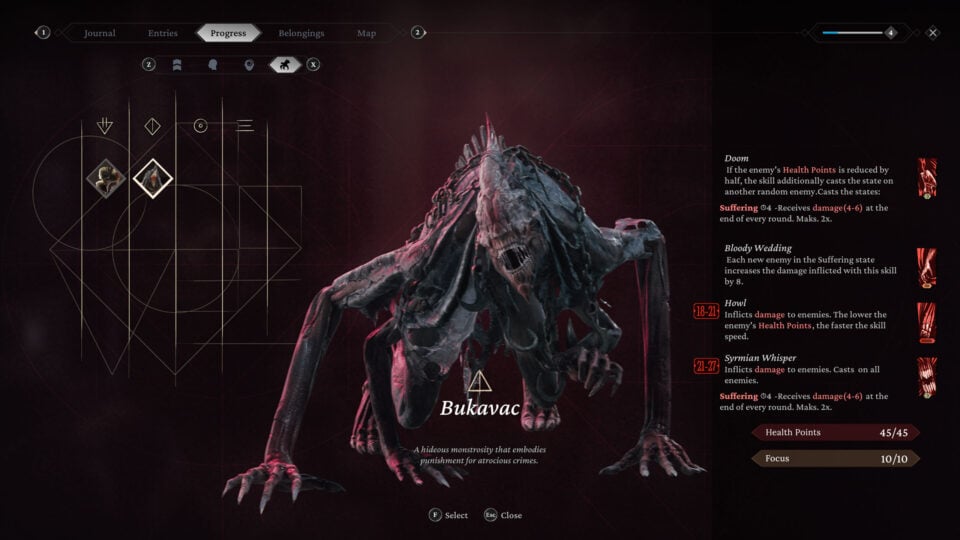
DC: Could you tell us more about how we’ll tame new Salutors?
KKR: Taming new Salutors is one of Wiktor’s goals, although it is said that a Thaumaturge cannot have too many of these beings at his disposal since each comes with a price. Salutors are drawn to human flaws, such as pride, vehemence, or scheming. First and foremost, you must learn about the person they feed on. By freeing them from the demon’s presence, inherit their flaw. When defeated in combat, a Salutor serves the Thaumaturge in various ways. They actively participate in combat, offering different skills and attacks that cause various negative states on enemies, allowing them to be strategically utilized. Salutors also contribute to progression and can be used to manipulate other characters.
DC: To that end, could you speak to the leveling up/upgrading of Wictor?
KKR: Wiktor’s character development unfolds through upgrading skills and expanding his knowledge. The character skill tree introduces dimensions of Heart, Deed, Mind, and Word, representing the ambivalent nature of Thaumaturgy. Upgrades within these dimensions enhance Wiktor’s physical combat abilities and broaden the range of skills he can employ. This approach aims to break away from traditional RPG metrics and offers a more nuanced representation of a Thaumaturge’s capabilities.
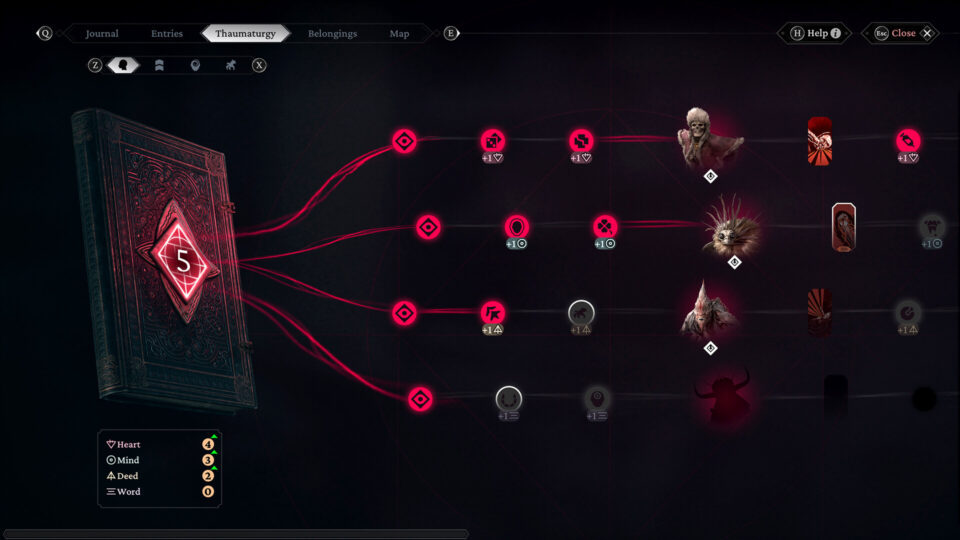
DC: There is a very big cosmic horror vibe to The Thaumaturge. What were your inspirations for this?
KKR: The Thaumaturge embraces cosmic horror to some degree, as Salutors cannot be comprehended by ordinary people. This mirrors the true nature of the arts of Thaumaturgy, which revolves around looking beneath the surface of reality to perceive hidden aspects of the world. Regarding Salutors themselves, who can be seen as horror beings, their designs draw inspiration from myths, legends, and folk tales about demons, bogeys, or specters. These include Slavic entities, but also those from other cultures, providing us with a fair amount of uniqueness.
DC: Is there anything you want players to keep in mind when diving into The Thaumaturge?
KKR: As players delve into The Thaumaturge, they should be mindful of the historical and cultural context of 1905 Warsaw. The setting reflects a period of significant social and political changes, providing a rich backdrop for exploration. The game delves into themes of human imperfections, flaws, and power struggles. The choices players make will impact the narrative, encouraging them to navigate the world through the unique lens of a Thaumaturge, manipulating and understanding their surroundings to uncover the mysteries within.
The Thaumaturge is out now on PlayStation 5, Xbox Series X and Series S, and PC.
Categorized:Horror Gaming Interviews

